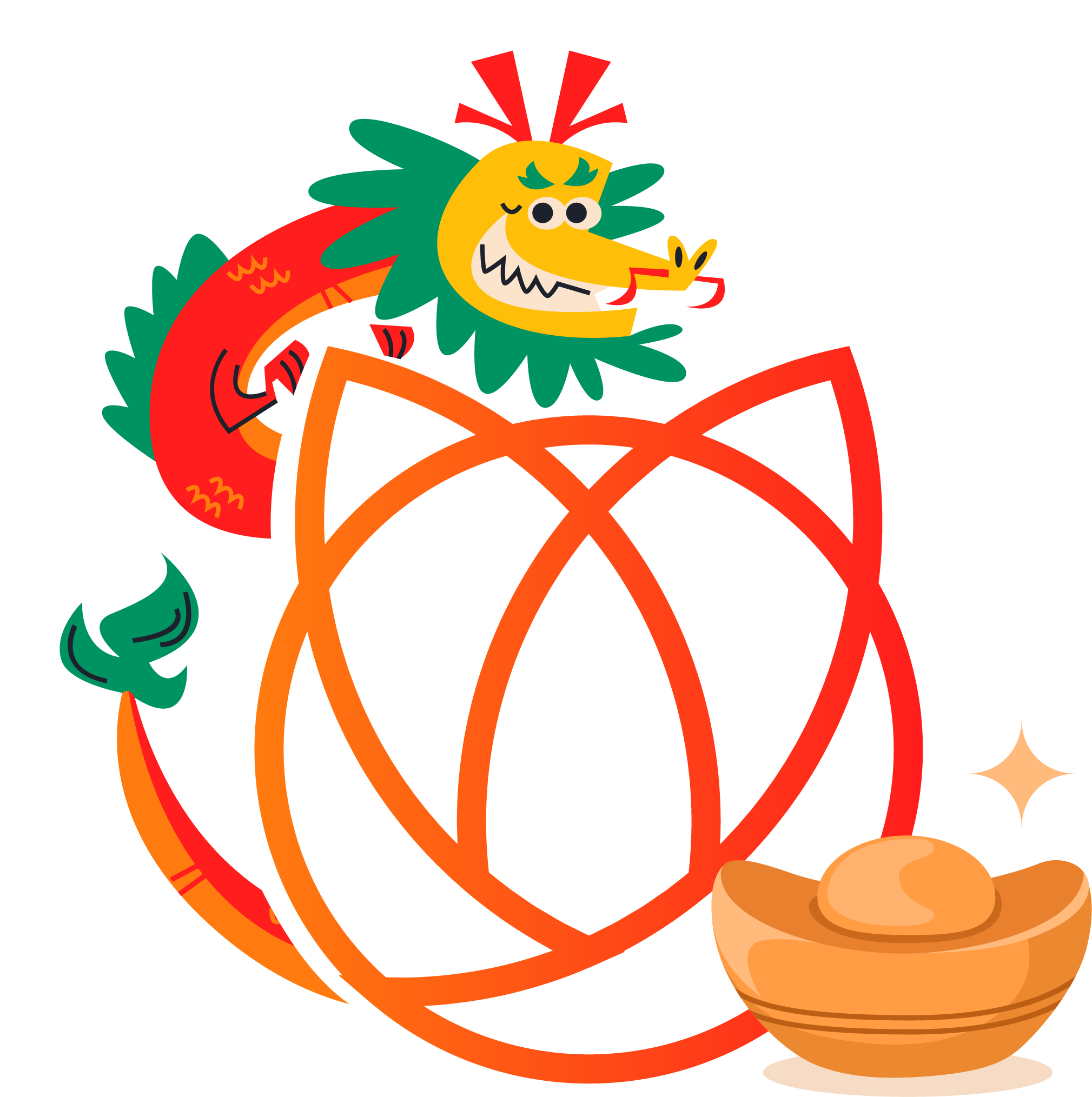Basic Blackjack Rules
Published on 9 June 2024
The goal is to have a hand value closer to 21 than the dealer’s hand without going over 21. Here’s a basic overview:
Card Values: Number cards (2-10) are worth their face value, face cards (Jack, Queen, King) are worth 10, and an Ace can be worth either 1 or 11, depending on which value benefits the player’s hand more.
The Deal: The player and the dealer are each dealt two cards. The player’s cards are usually dealt face up, while one of the dealer’s cards is dealt face up (the “upcard”) and the other face down (the “hole card”).
Player’s Turn: The player decides whether to “hit” (take another card) or “stand” (keep their current hand). The player can also choose to “double down” (double their bet and take one more card) or “split” (if they have two cards of the same value, they can split them into two separate hands and play each hand individually).
Dealer’s Turn: After all players have finished their turns, the dealer reveals their hole card. The dealer must hit until their hand reaches a value of 17 or higher. If the dealer’s hand exceeds 21, they bust and all remaining players win.
Winning and Losing: If the player’s hand is closer to 21 than the dealer’s hand without going over 21, the player wins and is paid even money (1:1) on their bet. If the player’s hand is equal to the dealer’s hand, it’s a push (tie), and the player’s bet is returned. If the player’s hand exceeds 21, they bust and lose their bet. If the dealer’s hand is closer to 21, the player loses their bet.
Blackjack also has additional rules regarding insurance, surrender, and specific table rules that may vary from provider to provider. It’s essential to familiarize yourself with these rules before playing.


